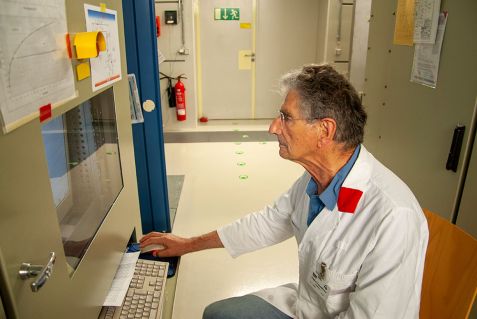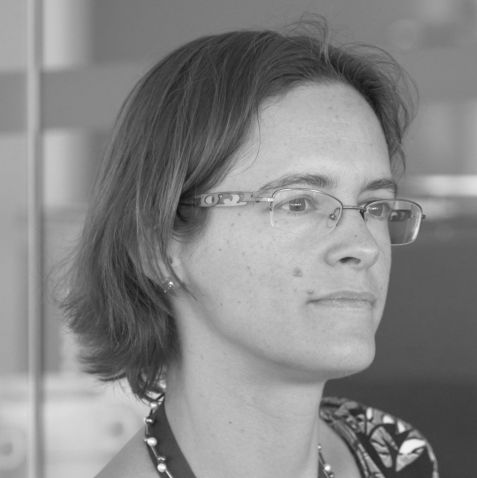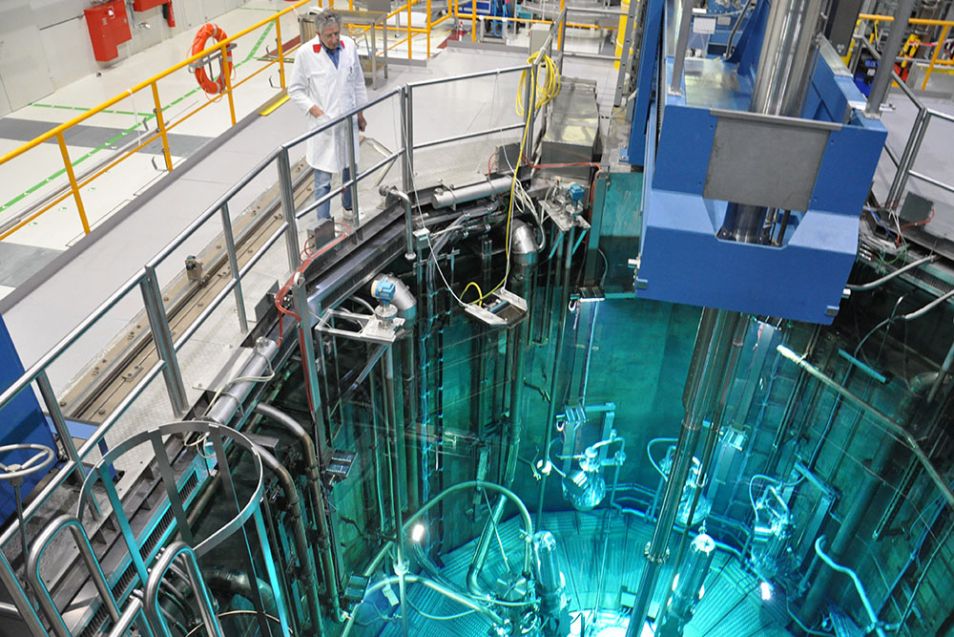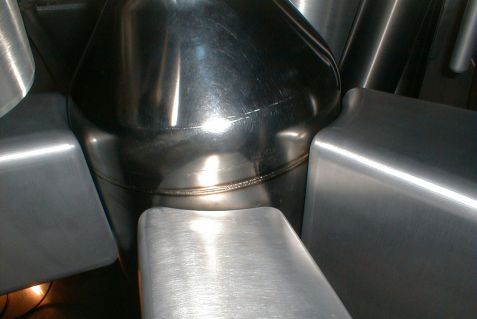MLZ is a cooperation between:
 > Technische Universität München
> Technische Universität München > Helmholtz-Zentrum Hereon
> Helmholtz-Zentrum Hereon
 > Forschungszentrum Jülich
> Forschungszentrum Jülich
MLZ is a member of:
 > LENS
> LENS > ERF-AISBL
> ERF-AISBL
MLZ on social media:

MLZ (eng)
Lichtenbergstr.1
85748 Garching
The cool guy
Guy Gistau is always there where it’s cold. At 81 years of age, he could also be enjoying his retirement in Corsica, but instead he is in demand worldwide in the field of cooling systems at the lowest temperatures. At FRM II, he put the cooling machine of the cold neutron source through its paces and came up with an unequivocal diagnosis.
The cold source at FRM II is like an empty bank account, explains Guy Gistau Baguer. It should actually be filled with a sufficient amount of money. But if there’s no money left in the account at the end of the month, “then you either haven’t earned enough or you’ve spent too much,” says the expert in complex cooling systems. Guy Gistau, 81, alert eyes, tall stature, gets a call whenever a cooling system isn’t working. Sweden, China, Australia -you name it. He has already seen the inside of many research reactors and institutions, but he is seeing Garching for the first time. “Very neat here, very well run,” he comments tersely. And yet the cold neutron source is not cooling as it should. “Some system is not working correctly here,” says Guy Gistau, looking a bit like Sherlock Holmes, who has already picked up a hot lead.
Hundreds of researchers depend on his success
A data curve is building up on the PC screen in the FRM II reactor hall. Besides Guy Gistau, six other pairs of eyes are watching the curve, employees of the cold source at the FRM II and an expert from TÜV (short for Technischer Überwachungs-Verein) testing the safety of technical installations and machinery. The concerned looks are warranted as very many people depend on their success; hundreds of researchers are queued up and urgently waiting for neutrons. Guy Gistaus’ situation on the other hand is very different from his contractors. He says: “I do what I like, with people I like, and most of the time, when I like.” This is his definition for working, which he rather calls playing.

Guy Gistau checks the curve on the computer in the room of the cooling machine during testing. © FRM II / TUM
Nobel Prize for cryogenic engineers
Guy Gistau Baguer has actually been retired for 21 years and could now be enjoying the warmth with his wife in the Corsican mountains instead of studying a cooling system in the windowless reactor hall. But the work is far too much fun and somehow he also wants to pass on his knowledge to the next generation, “because I don’t have children.” After his career in helium cooling at the Air Liquide company, Guy Gistau has really taken off again: giving lectures, traveling internationally as a consultant, and now even writing a book on cryogenics. He also holds a kind of Nobel Prize for cryogenic engineers from 2020, the Mendelssohn Award. It’s an honor for the engineer, who is also called the “CryoGuy” in a play on words from his name.
Because of his vast expertise and all his experience, he is a great hope for the cold source at the FRM II. Staying with the bank account example, Guy Gistau explains, “With the cold source, the money is the cooling power.” On one side is the refrigeration machine, which cools helium to fill the bank account. The helium gives off its coolness to liquid, heavy hydrogen, which in turn uses its cool minus 255°C temperature to slow down the neutrons from nuclear fission. Cooled in this way, they are called “cold neutrons.” They reach 18 of a total of 28 scientific instruments at the Heinz Maier-Leibnitz Zentrum via beam tubes. These cold neutrons shine through, for example, batteries for electromobility during the filling process or through bacteria to show the function of proteins inside them. But currently, the cold source cools only a fraction of the cold neutrons that are supposed to arrive at the scientific instruments.
The prime suspect
Guy Gistau has seen enough to make his diagnosis. He rises from the office chair in front of the PC and walks with large, sure steps from the cooling machine in the next room directly to the reactor pool. He points to the vessel of the cold source under water, which looks like an octopus made of metal with hose arms. Completely inconspicuous, yet the prime suspect in the search for the missing cooling power.
“At the moment, it looks like the cold source is taking too much money, that is, cooling power. Because the cooling machine that brings in the money in is working correctly.” Guy Gistau’s diagnosis is ice cold. At least the cooling machine is out of suspicion. He has done his job, and work is now beginning at FRM II to exchange the cold source itself. Gistau is now traveling to warm Corsica after all, and even there he will continue to provide advice and assistance to FRM II on the cooling issue.
Further information:
Guy Gistau Baguer’s website: https://www.cryoguy.com/

Andrea Voit
Press & Public
Relations
FRM II
MLZ is a cooperation between:
 > Technische Universität München
> Technische Universität München > Helmholtz-Zentrum Hereon
> Helmholtz-Zentrum Hereon
 > Forschungszentrum Jülich
> Forschungszentrum Jülich
MLZ is a member of:
 > LENS
> LENS > ERF-AISBL
> ERF-AISBL
MLZ on social media:




